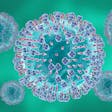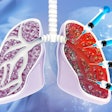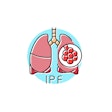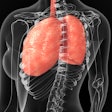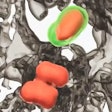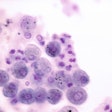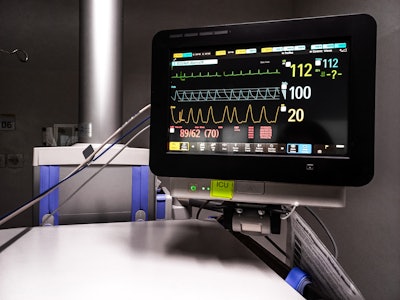
A long noncoding RNA (lncRNA) known as HCG20 could be the key driver in the development of pulmonary hypertension (PH), a life-threatening condition characterized by high blood pressure in the lungs’ arteries. This discovery was the result of the study, “Super-Enhancer–Driven HCG20 Promotes Pulmonary Hypertension Through U2AF2 Splicing,” recently published in the American Heart Association (AHA) journal, Circulation Research.
The study, conducted by a team of Chinese molecular biologists, revealed that HCG20 is activated by super-enhancers, powerful regulatory DNA elements that play a pivotal role in the dysfunction of pulmonary artery endothelial cells, a hallmark of PH.
Using cutting-edge techniques, such as CRISPR/Cas9 gene editing, RNA sequencing and mass spectrometry, researchers demonstrated that HCG20 is significantly upregulated in both human and rodent models of PH. The lncRNA was found to promote pyroptosis (a form of programmed cell death) and endothelial-to-mesenchymal transition, processes that contribute to vascular remodeling and increased pulmonary artery pressure.
One of the study’s most significant findings was that HCG20 stabilizes the U2AF2 protein, which in turn alters the splicing of EIF2AK2, a gene involved in cellular stress responses. This molecular cascade appears to be central to the progression of PH, researchers wrote.
The team also discovered that HCG20 is transferred via exosomes from endothelial cells to pulmonary artery smooth muscle cells, triggering their abnormal growth.
Researchers noted that targeted suppression of HCG20 in rodent models led to a marked improvement in PH symptoms, suggesting that HCG20 could serve as both a biomarker and a therapeutic target for the disease. This is the first time researchers have identified a mouse ortholog of HCG20, named Hcg20, and have demonstrated that its inhibition can reverse hypoxia-induced pulmonary hypertension.
The findings open new avenues for the development of RNA-based therapies aimed at treating or even preventing PH, which currently has limited treatment options and no known cure.
